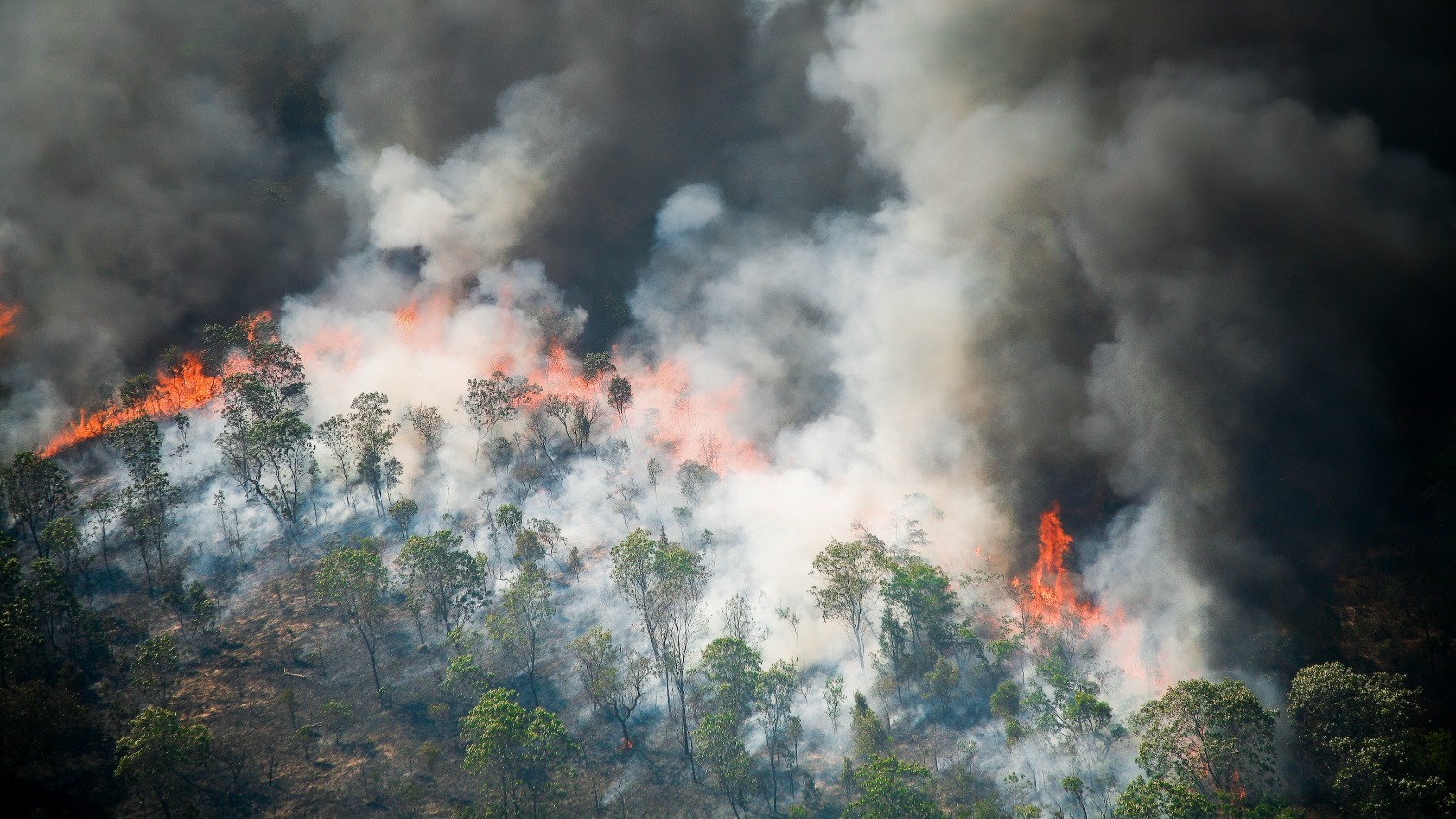A recent study found that increasing global demand for timber products, as well as paying landowners to store carbon in their trees, could help to dramatically increase the amount of forestland around the world.
Published in the journal Global Environmental Change, the study also suggests that forests would remain a carbon sink across many of the economic and climate change policy scenarios they projected between 2015 and 2105. However, researchers say there are outstanding questions about how major climate change events like severe drought or wildfire may impact forest health.
“Growth in demand for timber products from the energy sector, in combination with a carbon price incentive, create unique complementary effects where you’re using biomass for energy, investing in more forests, and increasing the forest carbon sink globally,” said study co-author Justin Baker, associate professor of forestry and environmental resources at NC State and director of the Southern Forest Resource Assessment Consortium.
In the study, researchers modeled 81 different scenarios to gauge the impact of the economy, climate change and related policies – like deforestation taxes, paying landowners to store carbon dioxide in forests and promoting the use of biomass for energy – on forest area and carbon sequestration.
Their models showed that low greenhouse gas emissions, high demand for wood products, and government policies that paid landowners high prices for storing carbon in their trees drove gains in the amount of land area devoted to forest. More specifically, in a scenario where there was both high demand for forest products and policies paying landowners as much as $1,500 per metric ton of carbon dioxide stored near the end of the century, the models project a substantial increase in forest area globally, greater than the size of the current forest area in North America.
Alternatively, forest area declined under scenarios where climate change policies are less strict, global greenhouse gas emissions are high and there is low demand for timber products due to slower economic growth.
The Abstract spoke with Baker about the study.
The Abstract: What did you find is the biggest driver of forest loss?
Baker: In the more pessimistic economic outlook, we see a net loss in forest area globally. In those scenarios, forests are of low value relative to agricultural land or land used for other purposes. This is one of the primary drivers of land-use change in the tropics: forest loss due to higher economic returns for other land uses like pasture grazing or crop cultivation. In terms of region, South American and Southeast Asia were the primary drivers of net forest losses globally. Under higher economic growth, however, there is a higher relative incentive to keep or even expand forestland.
The modeling community needs to invest more in understanding the economic forces that drive forest management and land-use change in the tropics. That’s not just because they’re so important from a carbon and biodiversity perspective, but because researchers are in disagreement about what future forest sector developments may look like in these regions.
TA: What are the primary drivers of carbon sequestration – storing greenhouse gases – in forests?
Baker: This study shows a pretty optimistic outlook for storing carbon in forests. We show that under the most aggressive demand scenarios, where we’re increasing demand for woody biomass and different product pools, even without a carbon price, we’re often increasing total carbon storage over time. Because we’re just managing the forests differently, and making investments that provides those carbon benefits long-term. The way we manage forests over time, and using and replanting or naturally regenerating forests, has a big impact on the net carbon stock over time.
TA: Does your model account for climate change impacts to forest health?
Baker: The last few years have been eye-opening for a lot of us to have these really big shocks to the system, like the drought conditions in China, Europe and out West in the United States, while at the same time having increasing forest fires. We do hope to kick off a round of analysis to compare climate impact scenarios on forests in the future. Right now, I would say that the forest economic modeling community is divided over the impacts of climate change. There are a lot of reasons for optimism in terms of carbon dioxide concentrations in the atmosphere boosting productivity of forest ecosystems. This has been demonstrated in field trials, and there is recent empirical evidence on the importance of carbon dioxide fertilization in boosting forest productivity. But there’s also concern about increased disturbance risk, with more intense and frequent fires, hurricanes and pest outbreaks. Frankly, I think we’re just scratching the surface from a research perspective.



